Improve your website speed:
Fast-loading pages are crucial for a good user experience and can help increase your conversion rate. Use tools like Google PageSpeed Insights or GTmetrix to identify areas where you can improve your site speed.
Optimize product pages:
Make sure your product pages are well-structured and include high-quality images, detailed descriptions, and reviews. Use clear calls to action, such as “Add to Cart” or “Buy Now,” and display the price prominently.
Simplify your checkout process:
Make it easy for customers to complete their purchase by minimizing the steps required to check out. Only ask for essential information and provide a clear summary of their order before they complete the purchase.
Use social proof:
Display customer reviews, ratings, and testimonials on your site to build trust and credibility with potential customers. Use social media channels to showcase customer feedback and encourage user-generated content.
Implement abandoned cart recovery:
Use email or SMS marketing to remind customers who have abandoned their cart to complete their purchase. Offer incentives such as free shipping or discounts to encourage them to return to your site and make a purchase.
Use targeted marketing:
Use segmentation and personalization to deliver targeted marketing messages to your audience. Use data on customer behavior and preferences to create personalized recommendations and offers.
Offer multiple payment options:
Offer a variety of payment options, including credit/debit cards, PayPal, and alternative payment methods, to make it easy for customers to pay for their purchases.
Optimize for mobile:
Make sure your site is mobile-friendly and easy to navigate on smaller screens. Use responsive design to ensure your site looks and functions well on all devices.
Use email marketing:
Use email marketing to engage with customers and encourage repeat purchases. Send personalized offers and recommendations based on past purchase behaviour and preferences.
Monitor and analyze your data:
Use analytics tools to track your site’s performance and identify areas where you can improve. Monitor conversion rates, traffic sources, and user behaviour to make data-driven decisions about your site optimization efforts.
Conversion Rate vs Conversion Rate Optimization
Conversion rate refers to the percentage of website visitors who complete a desired action, such as making a purchase or filling out a form. Conversion rate optimization (CRO) is the process of improving the conversion rate by making changes to the website or marketing strategy.
In other words, the conversion rate is a metric used to measure the effectiveness of a website or marketing campaign in driving desired actions, while CRO is the ongoing effort to improve that metric.
CRO involves a variety of tactics, such as improving website design, optimizing landing pages, testing different messaging and calls to action, and using data to inform decisions. The goal of CRO is to improve the user experience and increase the likelihood that visitors will convert into customers or take another desired action.
While conversion rate is an important metric, it doesn’t tell the whole story. A high conversion rate doesn’t necessarily mean a website or campaign is successful if it’s not driving the right type of traffic or generating profitable sales. CRO is an ongoing process of testing and refining to ensure that the website or campaign is driving the desired results.
Also Read: The Benefits Of Using A Minimalist Design Approach In Web Design
What does this mean for my Shopify store?
For your Shopify store, this means that it’s important to not only focus on driving traffic to your site but also on optimizing the user experience to increase the likelihood that visitors will convert into customers. By implementing conversion rate optimization tactics, you can improve the effectiveness of your website and marketing campaigns, and ultimately drive more sales and revenue.
To optimize your Shopify store for better conversions, you can focus on improving your website speed, product pages, checkout process, social proof, targeted marketing, and mobile optimization. You can also offer multiple payment options and use email marketing to engage with customers and encourage repeat purchases. By monitoring and analyzing your data, you can make data-driven decisions to continuously improve your conversion rate and drive business growth.
Highlight Product Benefits Clearly
Highlighting product benefits clearly is an important part of any successful marketing strategy. Customers want to know what they’re getting from a product, and the benefits can be a major deciding factor in whether or not they make a purchase. Here are some tips for highlighting product benefits clearly:
Understand your customer:
Before you can effectively highlight product benefits, you need to understand your customer’s needs and pain points. Conduct market research to gain insights into your target audience and what motivates them to buy.
Use clear, concise language:
When describing product benefits, use language that is easy to understand and avoid industry jargon. Use bullet points or short sentences to clearly communicate the benefits.
Focus on the most important benefits:
Not all product benefits are created equal. Identify the most important benefits to your target audience and focus on those. Make sure to communicate how the product solves a problem or makes the customer’s life easier.
Use visuals:
Visuals such as images or videos can be powerful tools for communicating product benefits. Show the product in action or highlight its key features in a visually compelling way.
Use customer testimonials:
Customer testimonials are a great way to highlight product benefits in a relatable way. Share reviews or testimonials from satisfied customers to showcase how the product has helped them.
Be honest:
Highlighting product benefits is important, but it’s equally important to be honest about what the product can and cannot do. Avoid making false or exaggerated claims that could damage your reputation in the long run.
Also Read: Best Shopify ECommerce Themes For Your Online Store
Optimize the Checkout Process
Optimizing the checkout process is essential for increasing conversions and reducing cart abandonment on your Shopify store. Here are some tips for optimizing the checkout process:
Simplify the checkout form:
Make it easy for customers to complete the checkout process by minimizing the amount of information you ask for. Only collect essential information such as shipping and billing addresses, email, and payment information. Remove any unnecessary fields that could be a barrier to purchase.
Use a progress bar:
A progress bar can help customers feel more in control of the checkout process and reduce their anxiety. It also provides a clear indication of how much longer the checkout process will take.
Allow guest checkout:
Not everyone wants to create an account on your store. Offer a guest checkout option that allows customers to complete their purchases without creating an account.
Display trust signals:
Display trust signals such as secure payment icons, customer reviews, and trust badges to reassure customers that their personal information is safe and that you’re a reputable store.
Provide multiple payment options:
Provide multiple payment options to make it easy for customers to pay for their purchases. Offer credit/debit card payments, PayPal, and alternative payment methods like Apple Pay or Google Pay.
Offer free shipping:
Free shipping is a powerful incentive for customers to complete their purchases. Offer free shipping on orders above a certain threshold or consider including it in the product price.
Optimize for mobile:
Make sure your checkout process is optimized for mobile devices. Use responsive design to ensure your checkout process looks and functions well on all devices.
Provide clear shipping and return policies:
Provide clear shipping and return policies to set customers’ expectations and reduce their anxiety. Make it clear how long shipping will take and what the return process is.
Send abandoned cart recovery emails:
Use email marketing to remind customers who have abandoned their cart to complete their purchase. Offer incentives such as free shipping or discounts to encourage them to return to your site and make a purchase.
By optimizing the checkout process, you can reduce cart abandonment and increase conversions, ultimately driving more sales and revenue for your Shopify store.
Frequently Asked Questions
1. What is conversion rate optimization?
Conversion rate optimization (CRO) is the process of making changes to a website or marketing strategy to improve the percentage of website visitors who complete a desired action, such as making a purchase or filling out a form.
2. Why is it important to optimize my Shopify store for conversions?
Optimizing your Shopify store for conversions can help you drive more sales and revenue. By making it easier for customers to find what they’re looking for, highlighting product benefits, and optimizing the checkout process, you can reduce cart abandonment and increase the likelihood that visitors will convert into customers.
3. What are some tips for improving my Shopify store’s conversion rate?
Some tips for improving your Shopify store’s conversion rate include optimizing your product pages, simplifying the checkout process, providing social proof, offering multiple payment options, and using targeted marketing tactics.
4. How do I track my Shopify store’s conversion rate?
You can track your Shopify store’s conversion rate using Shopify’s built-in analytics tools or by integrating with third-party analytics tools such as Google Analytics. These tools can provide insights into your store’s traffic, sales, and conversion rates.
5. What should I do if my conversion rate is low?
If your conversion rate is low, there are a variety of tactics you can try to improve it. Conduct user testing to identify usability issues, optimize your product pages and checkout process, use targeted marketing tactics, and analyze your data to make data-driven decisions. It’s important to continuously test and refine your tactics to improve your conversion rate over time.
More blogs:
The Benefits Of Using Shopify For E-Commerce Businesses
The Role Of Storytelling In Web Design
The Impact Of Artificial Intelligence On Web Design
Best 5 Ai Marketing Tools That Help You To Grow Your Business In 2023

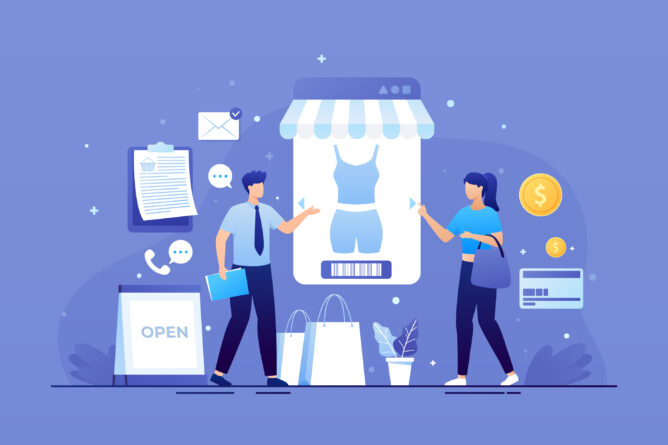


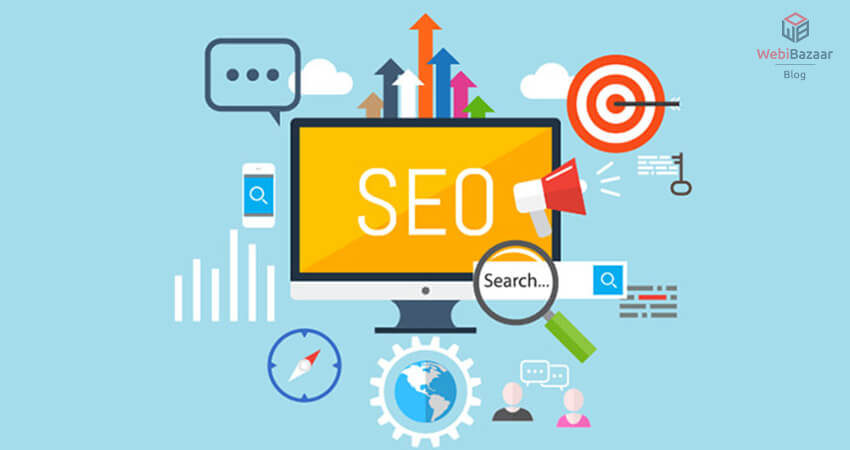
![Installation Of PrestaShop 1.7.X On LocalHost [Step by Step Tutorial]](https://www.webibazaar.com/blog/wp-content/uploads/2020/02/Install-prestashop-1-1.jpg)
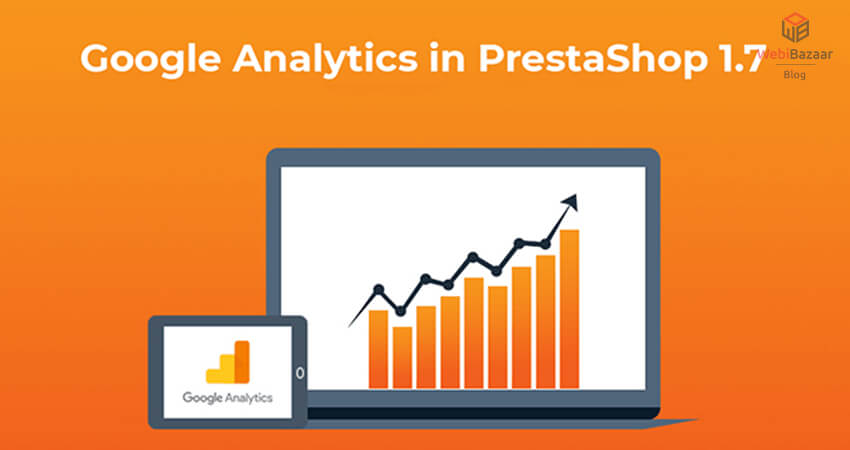
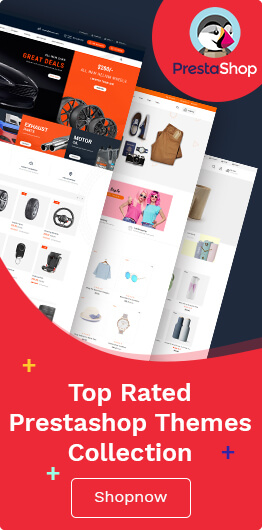


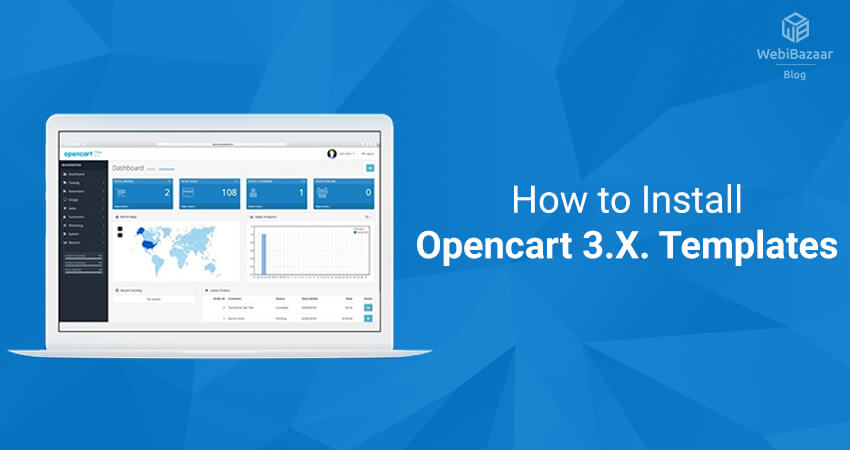
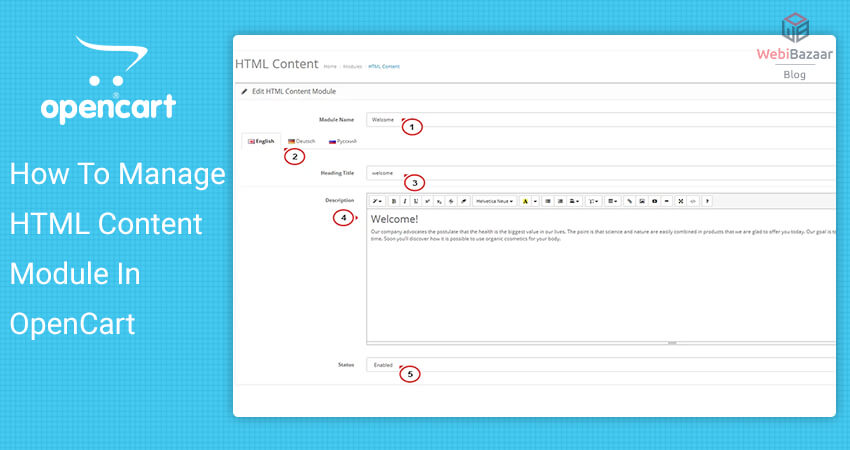
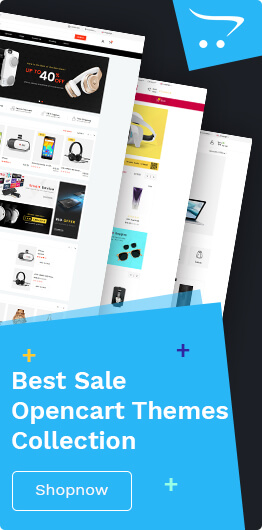

Recent Comments